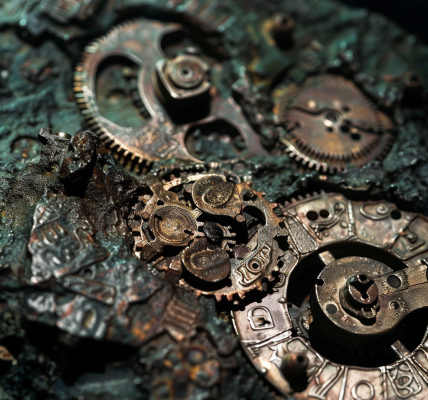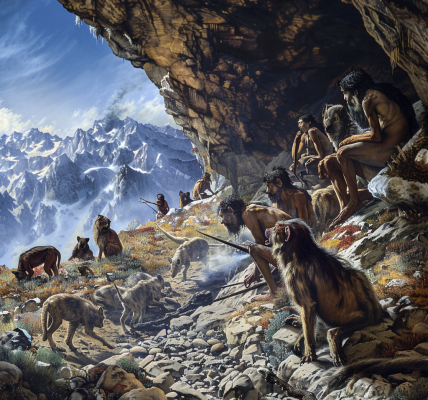The James Webb Space Telescope (JWST) has achieved a remarkable milestone in astronomical research by identifying the earliest galaxy ever observed, designated as JADES-GS-z14-0. This groundbreaking discovery dates back to approximately 290 million years after the Big Bang, marking a significant leap in our understanding of the universe’s formative years.
JADES-GS-z14-0 stands out due to its exceptional brightness, a characteristic attributed to intense star formation occurring within the galaxy. The observation was made utilizing JWST’s advanced Near InfraRed Spectrograph (NIRSpec), which has allowed scientists to gather unprecedented insights into the early cosmos.
Challenges to Current Galaxy Formation Models
The identification of JADES-GS-z14-0 poses significant challenges to existing models of galaxy formation. Historically, astronomers believed that galaxies formed slowly over the first few hundred million years following the Big Bang, gradually evolving into more complex structures over billions of years. However, the luminosity of JADES-GS-z14-0 suggests a much more rapid formation process than previously estimated.
This discovery is particularly noteworthy as it follows earlier findings from JWST, which revealed a cluster of massive galaxies that existed between 500 to 700 million years after the Big Bang. Such observations have consistently raised questions regarding conventional cosmological models and the timeline of galaxy evolution.
The light emitted from JADES-GS-z14-0 indicates a substantial halo of young stars, which have been forming for at least 90 million years. Additionally, the galaxy exhibits an unusually high concentration of dust and oxygen, further complicating our understanding of early cosmic structures.
Implications for Early Galaxy Studies
The brightness of JADES-GS-z14-0 suggests that its formation may not be exclusively linked to the presence of active black holes, a theory that has been widely accepted in the past. Instead, the rapid star formation within this galaxy could be a crucial factor contributing to its luminous characteristics. This new perspective prompts researchers to reconsider the processes that led to the formation of early galaxies.
Scientists are actively exploring various hypotheses to explain the vigorous star formation observed in JADES-GS-z14-0. Potential explanations include the early emergence of massive black holes, the effects of supernova feedback, or the influence of dark energy on the formation of these early structures. Each of these factors could play a role in shaping the characteristics and evolution of galaxies in the nascent universe.
The Need for Updated Models
The discovery of such a large and luminous galaxy in the early universe underscores the necessity for updated galaxy formation models. Traditional models may not adequately account for the rapid formation and evolution of galaxies like JADES-GS-z14-0. As astronomers continue to investigate these early cosmic structures, there is a growing recognition that our understanding of galaxy formation and evolution must adapt to incorporate these new findings.
As the JWST continues its mission, astronomers are poised to uncover additional insights that could reshape our understanding of the universe’s history and the processes that led to the formation of galaxies. The implications of this discovery extend beyond JADES-GS-z14-0, potentially leading to a deeper comprehension of the conditions that prevailed in the early universe.
In summary, the identification of JADES-GS-z14-0 by the James Webb Space Telescope represents a pivotal moment in the field of astronomy. This discovery not only challenges existing theories but also opens new avenues for research into the early stages of galaxy formation and evolution. As scientists delve deeper into the mysteries of the cosmos, the findings from JWST will undoubtedly play a crucial role in advancing our knowledge of the universe and its origins.





